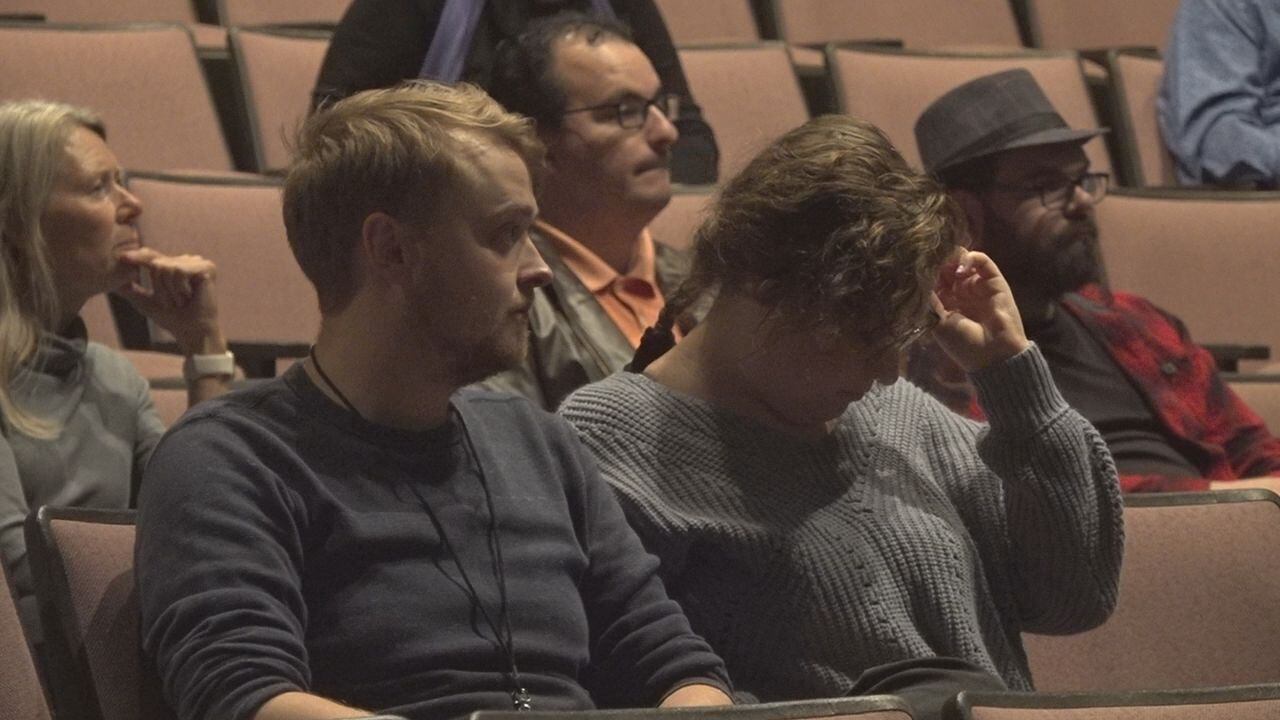
Black Hills Film Festival Celebrates Hidden Gem of Western South Dakota
The 16th annual Black Hills Film Festival recently took place at the Journey Museum in Rapid City, South Dakota, drawing dozens of filmmakers from across the country. The event highlighted the growing film industry in western South Dakota, a region often overlooked in favor of more traditional filmmaking hubs like Hollywood.
Festival Executive Director Christine Vanness described the area as a “hidden gem,” noting that while many people are familiar with major films shot in the region, such as National Treasure, Dances with Wolves, and Thunderheart, there is a wealth of independent films that remain under the radar. These smaller productions often go unnoticed but play a crucial role in showcasing the unique storytelling and cinematic potential of the area.
One of the key attractions of western South Dakota for filmmakers is its relatively low cost of production combined with a diverse range of landscapes. From rugged mountains to open plains and historic towns, the region offers a variety of backdrops that can be used to tell compelling stories on screen.
During the festival, several films were screened across different subcategories, with a special focus on Native American culture on Sunday. This emphasis underscored the importance of representation and the growing influence of Indigenous voices in the film industry.
Several awards were presented during the event, recognizing outstanding contributions to cinema. Finn Kane was honored with the Best Student Film award for his documentary Galena: The Ghost Town that Refused to Die. Meanwhile, Anthony Lucero received the Best Feature Film award for Paper Bag Plan.
For Kane, this was his first time attending the festival, just before the release of his documentary. He expressed surprise at the quality of the films and the sense of community among attendees. “It has been really cool, all the films have been great,” he said. “It has been wonderful to have these conversations and meet and network with these filmmakers from all over the country, and that’s something I wasn’t really expecting, for it to be such a national thing.”
In addition to the film screenings, the festival featured two panel discussions moderated by Alicia Garcia of KOTA Territory. These sessions provided valuable insights into the filmmaking process, challenges faced by independent creators, and opportunities for growth within the industry.
The Black Hills Film Festival continues to serve as a platform for emerging talent and established filmmakers alike, offering a space where creativity can thrive outside the mainstream spotlight. As the region gains more recognition, it’s clear that western South Dakota is becoming an important player in the broader landscape of American cinema.

Post a Comment